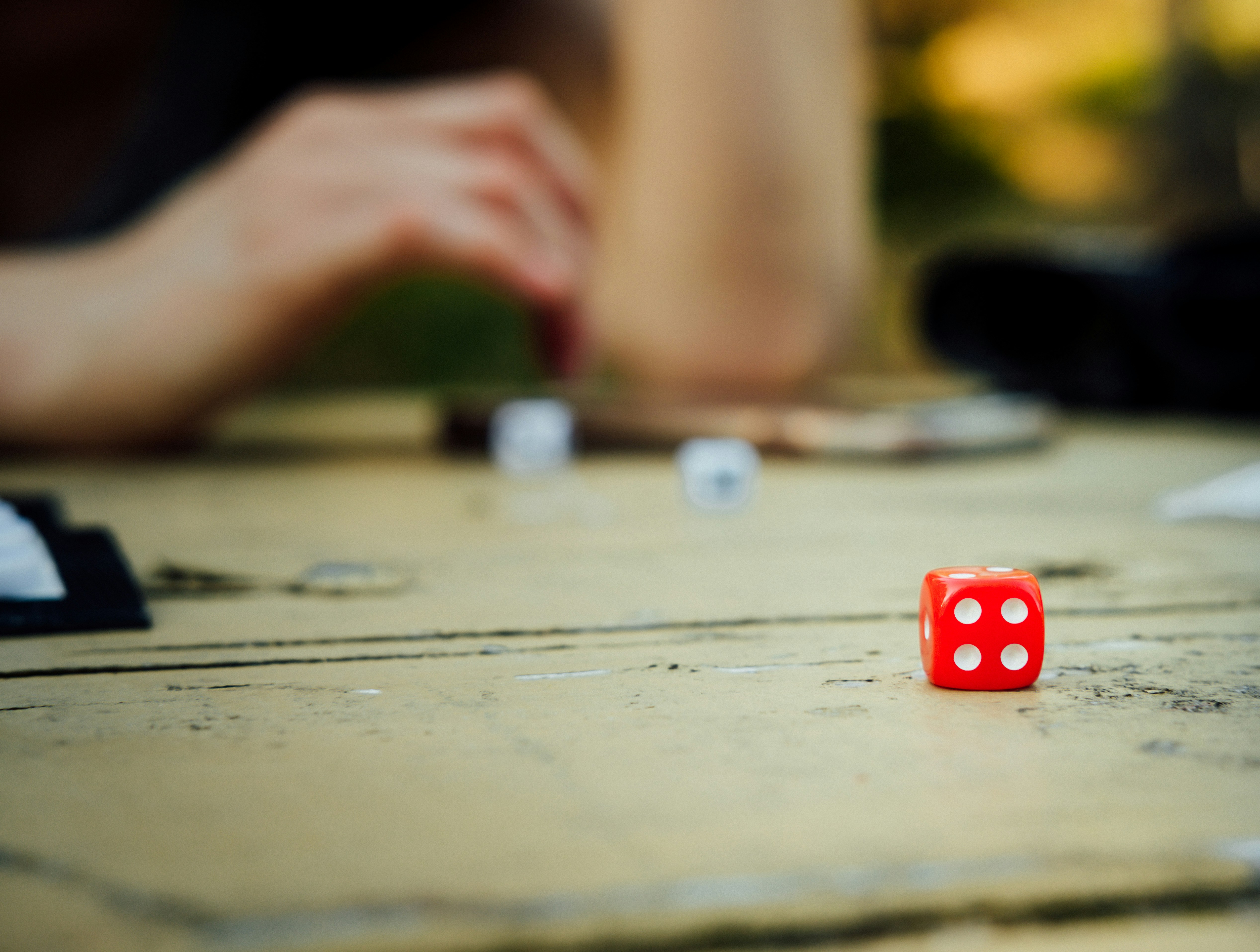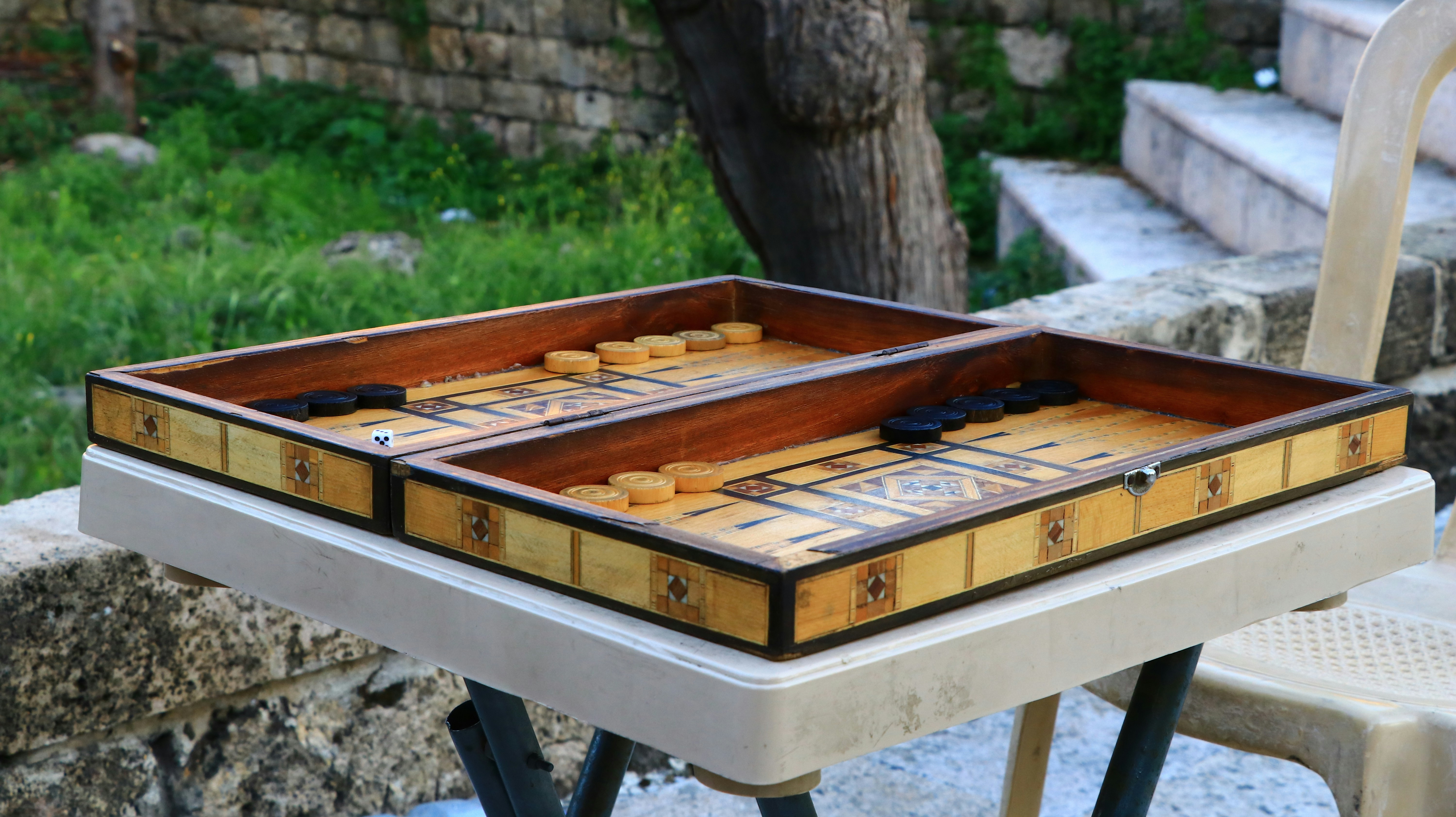What is Backgammon?
Backgammon is one of the world’s oldest board games—a timeless blend of skill and luck that’s been played for thousands of years. Two players race to move all their checkers around and off the board, using dice rolls to guide their moves. The thrill? Every game is different, and every roll can turn the tide. Whether you’re a beginner or a seasoned pro, backgammon offers endless excitement, strategy, and fun.
Here you can play backgammon online for free, with no sign-up required.

Other great games like backgammon
If you enjoy the strategy of backgammon you may also enjoy sudoku! You can play sudoku online at sudokupulse.com where you will find guides on how to play sudoku as well as easy sudoku puzzles to solve, with techniques and guides to teach you how to solve expert puzzles.
The Complete Rules (Interactive & Visual)
The Board & Setup
The backgammon board is instantly recognizable: 24 long, narrow triangles called points, alternating in color and grouped into four quadrants. Each player has their own home board and outer board, separated by a central bar. The bar isn’t just for show—it’s where checkers go when they’re hit!
At the start of the game, each player places 15 checkers on the board in a specific arrangement. This setup creates a unique blend of offense and defense right from the first roll.
(See our interactive diagram above for a visual guide!)
How to Move
On your turn, you’ll roll two dice. The numbers you roll are your movement options—move one checker the total of both dice, or split the moves between two checkers. For example, if you roll a 3 and a 5, you can move one checker 3 spaces and another 5, or a single checker 8 spaces (if the path is open).
But there’s a catch: you can only move to points that aren’t blocked by two or more of your opponent’s checkers. This simple rule adds a layer of strategy to every move.
- You can split your move between two checkers or move one checker twice.
- Moves must land on open points (not blocked by two or more opposing checkers).
- (Check out our animated GIFs for examples of legal moves!)
Hitting & Entering
One of the most exciting moments in backgammon is hitting a blot. If you land on a point occupied by a single opposing checker, you “hit” it—sending it to the bar. That checker is now out of play until its owner re-enters it onto the board, starting from your home board.
If you have any checkers on the bar, you must re-enter them before making any other moves. This can be a tense moment, especially if your opponent’s home board is well-defended!
- (Watch our short video for a demo!)
Bearing Off
When all your checkers are safely in your home board, it’s time to bear off. This means removing your checkers from the board, using dice rolls to determine which ones can leave. You must use the full value of your dice if possible, which sometimes means making moves within your home board before you can bear off.
- (Step-by-step guide and visuals available!)
Winning the Game
The first player to bear off all 15 checkers is the winner! But there’s more than one way to win:
- Single game: Your opponent has borne off at least one checker.
- Gammon: Your opponent hasn’t borne off any checkers (2x points).
- Backgammon: Your opponent hasn’t borne off any checkers and still has checkers in your home board or on the bar (3x points).
The Doubling Cube: A Beginner’s Guide
Want to spice things up? Enter the doubling cube—a special die marked 2, 4, 8, 16, 32, and 64. At the start of your turn (before you roll), you can offer to double the stakes. Your opponent can accept (“take”) and play for double, or decline (“drop”) and concede the game at the current value. Only the player who last accepted a double can offer the next one. It’s a simple way to add excitement and strategy to every match!

A Complete, Playable First Game
Ready to see backgammon in action? Follow our guided, step-by-step walkthrough of a sample game. We’ll explain each move, why it’s made, and what to watch for as the game unfolds. (Interactive game coming soon!)
Glossary of Terms
Here’s a quick A–Z of backgammon lingo. Click any term to learn more!
- Ace-point: The 1-point on the board.
- Anchor: A point occupied by two or more of your checkers in the opponent’s home board.
- Bar: The divider in the center of the board where hit checkers go.
- Blot: A single checker on a point, vulnerable to being hit.
- Gammon: Winning before your opponent bears off any checkers (2x win).
- Prime: A sequence of consecutive occupied points, blocking your opponent.
- Pip count: The total number of points your checkers must move to bear off.
- Slotting: Moving a checker to an open point to try to secure it next turn.
- Backgame: A strategy using anchors deep in the opponent’s home board.
- (See our full glossary for more!)
Section 2: The Deep Dive (Strategy & Theory)
Opening Moves
Every backgammon game starts with one of 15 possible opening rolls. For each, there are a few top plays—here’s what the experts (and neural net engines like XG) recommend:
- 3-1: Make your 5-point (best opening move!)
- 4-2: Make your 4-point or split and slot.
- 6-5: Run one checker all the way from the 24-point to the 13-point.
- (See our full opening roll guide for all 15 rolls and analysis!)
For each play, we explain:
- The logic behind the move (make a point, split, run, slot)
- The risks and rewards
- What to watch for next
Middlegame Strategy & Game Plans
Backgammon is all about adapting your plan to the position. Here are the core game plans:
- The Running Game:
- When you’re ahead in the race, focus on moving your checkers home quickly.
- Key: Avoid contact and bear off first.
- The Holding Game:
- Keep an anchor in your opponent’s home board to slow them down.
- Key: Wait for a shot to hit or escape.
- The Priming Game:
- Build a wall (prime) of consecutive points to trap your opponent’s checkers.
- Key: Block your opponent and advance your own checkers behind the prime.
- The Blitz:
- Attack aggressively, aiming to hit and close out your opponent.
- Key: Build points in your home board and keep hitting.
- The Backgame:
- Hold two or more anchors deep in your opponent’s home board.
- Key: Wait for a chance to hit and then race off.
For each plan, we break down:
- The objectives
- Ideal checker structures
- What to watch for from your opponent
Ready to roll? Dive in, play a game, or explore our strategy guides to become a backgammon master!